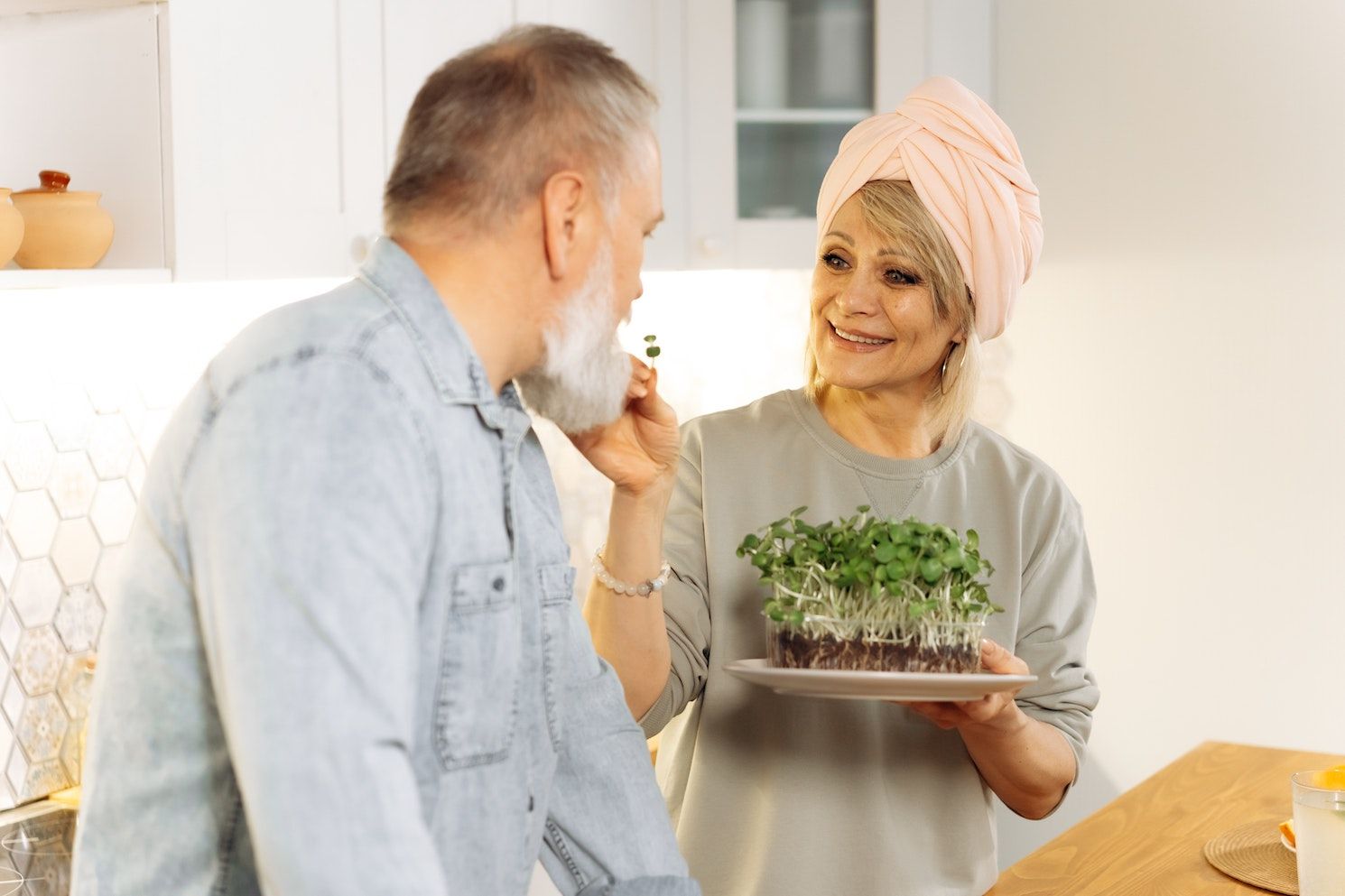This growing trend sees people making the most of their, often limited, urban spaces, and proving that size doesn’t matter when it comes to the quality of your homegrown crops
They say it’s the little things in life that make a big impact, and this certainly seems to be the case with micro-gardening. As we’re faced with the problem of ever-shrinking personal outdoor space, with more people moving to cities, or finding their time to tend to green-fingered pursuits is limited, this hobby offers a sustainable, creative solution.
What is micro gardening?
A rewarding, often cost-effective, and time-efficient endeavour, micro-gardening is an accessible outlet, encouraging anyone and everyone to embrace the wellbeing benefits of gardening and growing your own produce, regardless of your location or outdoor space. It doesn’t require a massive plot of land to commit to – you can create your own micro-garden using a small patch of earth, a balcony, or even a window box – and still reap the benefits of homegrown food.
This isn’t about spending a fortune on Instagram-worthy, perfect floral arrangements; it’s an inventive pursuit, focused on the end product, that asks you to craft pots and planters from anything to hand, whether that be upcycling a bucket, or an old stack of tyres, to maximise urban spaces and allow for efficient growth.
What are the benefits of urban gardening?
Studies have proven, time and time again, that being around greenery and gardening is beneficial to our wellbeing – including providing stress relief, reducing symptoms of anxiety and depression, improving mood, and even combating high blood pressure – and yet the Fields in Trust charity revealed that, in 2022, nearly 2.8 million people in the UK live without access to green spaces.
All too often, city dwellers, people living in apartments, and renters are excluded from enjoying the host of wellness perks that having a space of your own to cultivate can bring – but micro-gardening is here to reclaim those rewards. Even the act of being responsible for something other than yourself, such as a plant, can support those with mental illness, as it can help to establish a routine, reminds you of the importance of caring for yourself too, and provides that sense of achievement and recognition of progress.
Plus, as a budget-friendly activity, micro-gardening can aid you in becoming more self-reliant, as well as helping with the cost of living, providing you with fresh, home-grown produce to hand, that you could even gift to neighbours!

What do you need to get started?
Good quality soil
Healthy, nutrient-rich soil will support the growth of your plantlife, even in a confined space. Rather than regular earth, it’s worth using potting mix, as this tends to have better drainage and is sterilised to help fight off diseases.
Careful potting
For the best chance of success, take your time with the initial planting. If you’re using seeds, ensure they are spaced out according to packet instructions, to avoid overcrowding and fungi.
Consider your water source
If you know regular watering might slip your mind, or if you just want to make the most of natural resources, creating a system to utilise rainwater to irrigate your herb haven could be a smart move. You may be able to use gutters and pipes to funnel water from your roof directly over the plants, or channel it into a container to spray over your crops at your convenience.
Get space efficient
You could build a vertical garden, and grow up rather than out, with some creative and simple structures crafted from trellis or bamboo. Or create stackable systems, meaning you can allow water to trickle through your plants, saving time and waste. Plus, if you’re creating an urban garden on a balcony, you could place your plants along railings or in positions to offer you more privacy if desired.
Embrace upcycling
This can be a really fun, creative outlet as you explore ways to breathe new life into old objects you have lying around, or use it as an excuse to visit a charity shop or car boot sale to hunt for horticulture potential. You might want to use a wooden pallet to hold a host of herb pots, or an old kitchen sink for a planter.
In the shade?
Don’t worry, even if you don’t have access to a lot of direct sunlight, there are still plant options that thrive in the shade. You could try nurturing your own ferns, or begonias, or amethyst flowers.
If you’re feeling inspired, even just a ‘little’, why not test out your green thumbs with a spot of micro-gardening? Your plant paradise doesn’t have to be a pipe dream any longer...


Comments